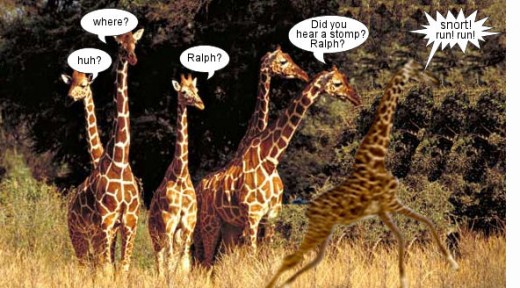Why is the dove considered to be symbol of peace? Let’s see to find out all what you want to know via this amazing article.
That’s a very interesting question. These gentle birds, that mate for life and take care of their young, were used as a peace symbol almost universally from the beginning of recorded history. The birds have always nested in areas close to developments with an unusual trust that they will be unharmed or even protected by humans. Egyptians were the first to record doves used in ceremonies to announce, to the people, the rise of a new pharaoh.
Central Asia also has a legend about two kings heading for war. One king calls for his armor and is told a dove has made a nest in his helmet. The king’s mother pleads with her son to leave the mother dove, a gentle bird associated with love, innocence, tenderness and purity, undisturbed.
The king agrees to leave the dove family and heads out to meet his enemy without protection. That might be one of the most awesome animal facts you had no idea before. The second king sees the king without armor and calls for a parley. Both kings lay down their weapons and talk. When the second king hears about the first king’s compassion for the mother dove he wonders if he has misjudged the man he thought was a tyrant. Both kings come to an agreement to seek peace for the two kingdoms instead of war. And the dove becomes known throughout the land as a bird of peace.

In ancient Greek myth, Aphrodite, was often depicted with doves because She brought love and beauty and peace in which to enjoy the bounties of love. And the dove was the bird of Athena because it represented the renewal of life. How much do you know about tiger facts for kids ?
European superstition holds that the devil and witches can turn themselves into any bird shape except the Dove.
In Hinduism the dove is an emblem of the spirit, and the infinite capacity the spirit has for love.
Japan uses the dove with a sword as a symbol to announce the end of war.
Some Native American cultures believe that the spirit of the recently deceased take the form of a dove.
In America, perhaps the most well known depiction of the dove is from the bible. In the Old Testament a dove is released by Noah after the great flood to search for land. It returns with an olive branch to show that the Biblical flood has receded. The dove then symbolized deliverance and God's forgiveness. (Genesis 8:11). Take a quick look at funny pictures with captions that can help you reduce stress quickly.
These peaceful birds have woven themselves into histories of cultures all around the world through their gentle presence and fearlessness of humans. Their soulful calls and coos bring many people hope in a chaotic world.


















